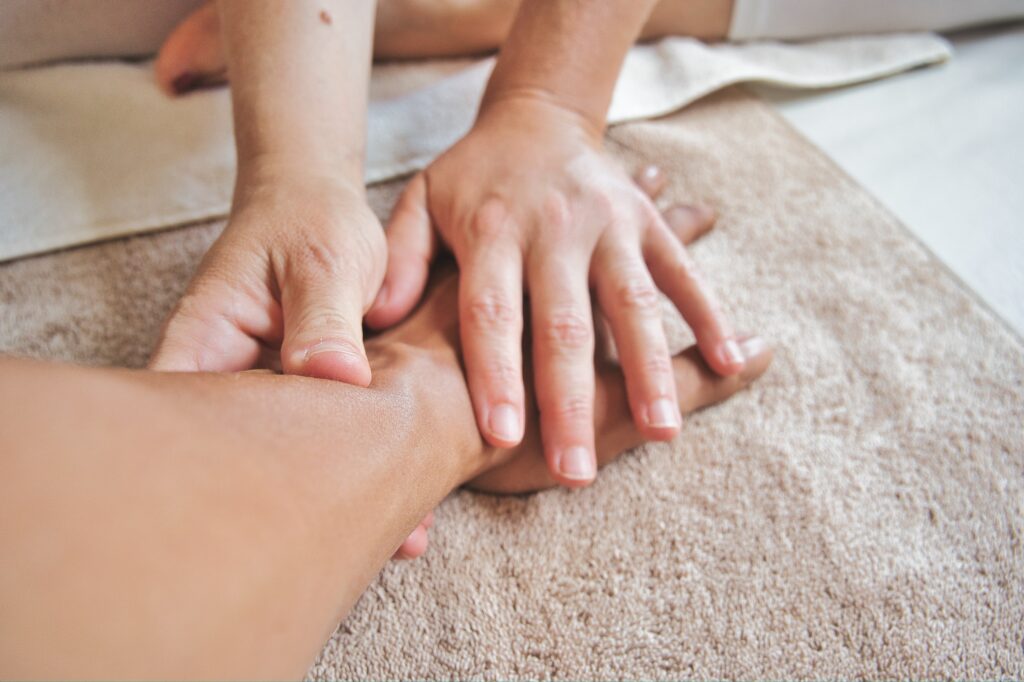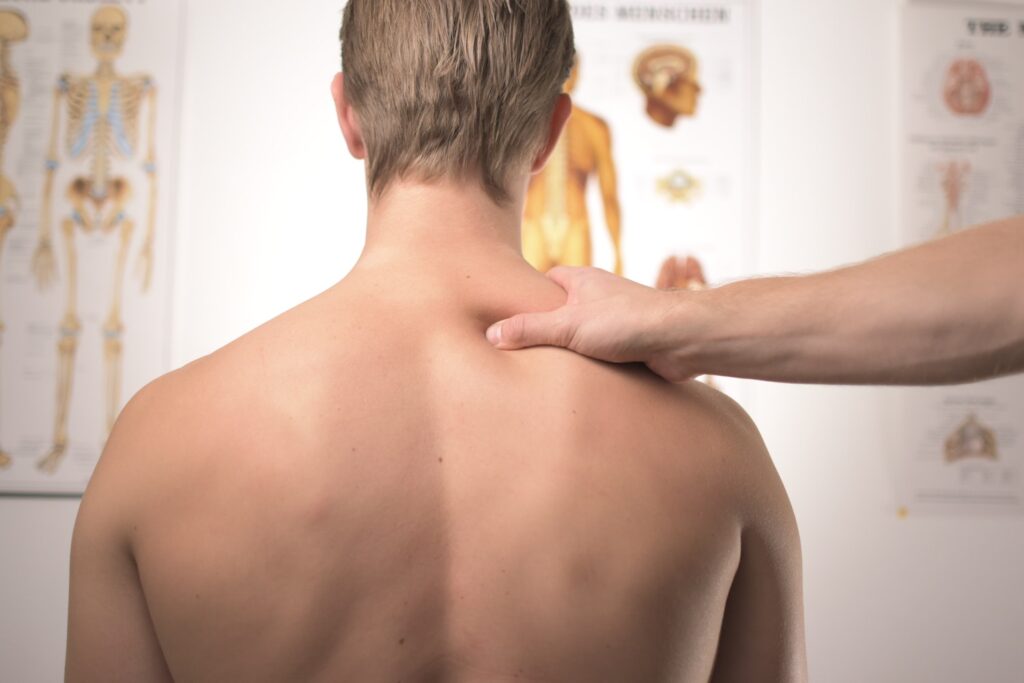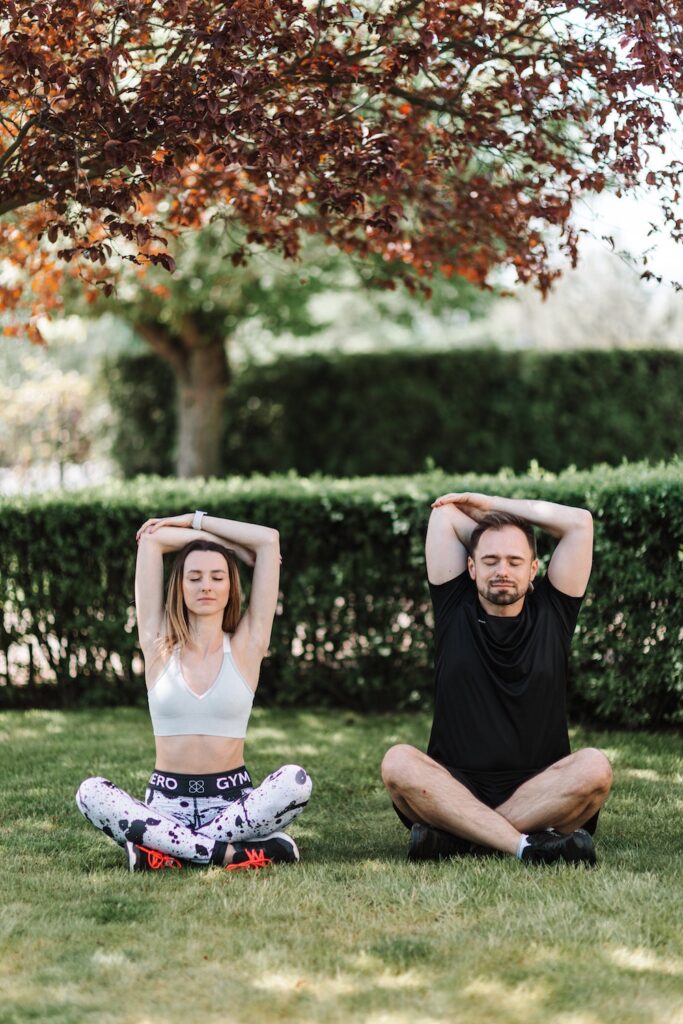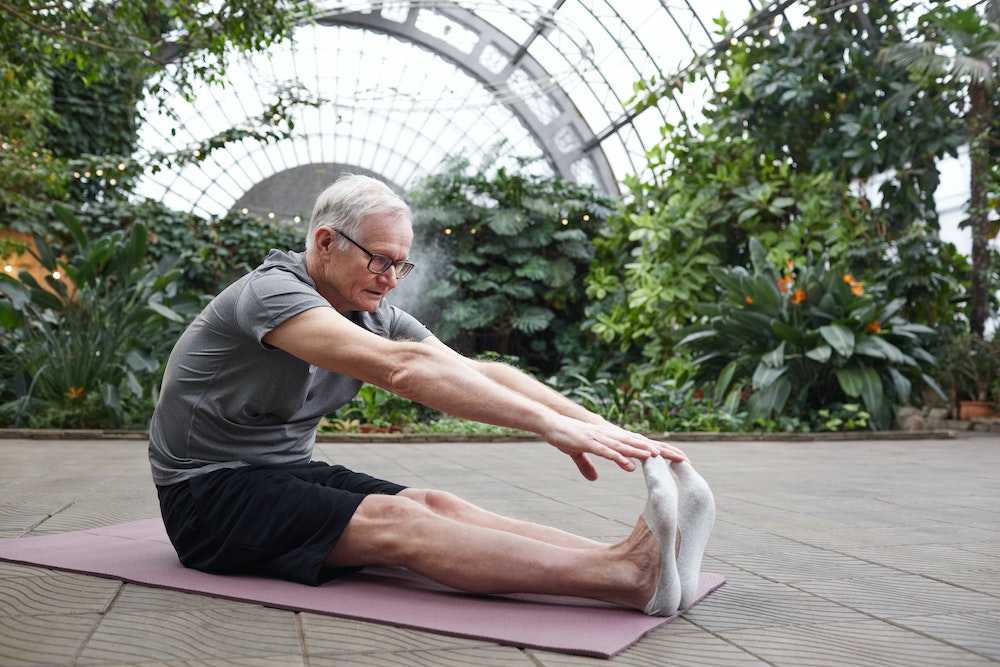Osteopaths treat more than you think. It may not be as well known as some other forms of healthcare, but osteopathy has an important role to play in helping people to manage their health and wellbeing. In Australia there are over 3,000 registered Osteopaths who are part of the 195,000 Allied Health Professionals representing almost a third of the total health workforce and deliver an estimated 200 million health services annually.
It is often said that osteopaths treat people, not problems. This is because they take a holistic approach to healthcare, looking beyond just the physical symptoms of a condition and using a range of approaches to promote the long-term health of patients.
Osteopaths consider the biological, psychological, and social factors that cause ill health and create a treatment plan tailored to an individual’s unique physiology and needs. This usually includes manual therapy, as well as advice around exercise, diet and lifestyle.
Osteopaths are highly trained professionals with particular expertise in the musculoskeletal system – the muscles, joints and their relationship with other systems of the body. Hands-on therapy by osteopaths helps to improve mobility, relieve tension, increase blood flow and optimise physical function. It includes manipulation of the joints, spine and connective tissues, as well as massage and stretching of muscles and ligaments. Our team’s focus is on how your skeleton, joints, muscles, nerves, circulatory system, connective tissue and internal organs function as a whole body unit.



Who do osteopaths treat?
People often visit osteopaths for back, neck, joint and muscle pain, for short-term issues such as sports injuries and for help with conditions such as migraines, headaches or digestive issues.
But many patients visit osteopaths on a regular basis to help manage chronic conditions such as arthritis and to maintain their overall wellbeing. This is because osteopaths are highly people-focused, taking the time to understand every patient as an individual. Building long-lasting, health-improving relationships with patients is one of the pleasures of the profession.
For most osteopaths no two days are the same. Patients come from all walks of life with unique sets of circumstances, and for the osteopath the reward comes from understanding the individual and making a difference to their quality of life.
Many osteopaths will work in general practice, seeing a wide variety of patients ranging from office workers to fitness enthusiasts, and expectant mothers to older people, but others choose to develop their knowledge further in particular fields, like Kathryn who loves working with pregnant mothers, children and babies.
Common reasons why people see their osteopath:
- Neck or back pain
- Headaches and migraines
- Sciatica
- Muscular sprains and strains
- Hip, knee or foot pain
- Shoulder or elbow pain
- Tendon problems
- Postural issues
- Sports injuries
- Scoliosis
- Weight bearing issues
- Balancing and walking issues
How do osteopaths work with other health professionals?
We have the same level of responsibility for diagnosing medical problems as your GP and referring to the correct healthcare provider, even if it is a condition we cannot directly treat with osteopathy. We work alongside many GP’s and specialists to ensure that the work we do compliments their treatment, and will not adversely affect any background illnesses you may have.
What qualifications do osteopaths have?
Osteopaths use their medical training to examine and analyse the patterns of what is happening in your body and create a tailored treatment plan for you. We are registered primary allied health professionals who have completed a minimum of four years of study at University and 1200 hours of clinical rotations, graduating with a Masters qualification. Our training involves in-depth study of pathology, physiology, anatomy, general medical diagnosis and osteopathic techniques. We also complete 25 hours of continuing professional development yearly as a commitment to further education and compliance with Australian regulations
In Australia osteopaths must be registered with the Australian Health Practitioner Regulatory Authority (AHPRA) to legally work with patients. Osteopathy Australia support patients and osteopaths alike, and have a fantastic website with lots of information on how osteopathy approaches healthcare.
What should I expect in an osteopathic treatment?
Each person, condition and injury are unique, so osteopathic treatments will vary from person to person.
We will ask questions about your problem and symptoms. We may also ask about your medical history, any medications you are taking, as well as factors that may not appear to be directly related to your problem.
We will conduct a full osteopathic examination and if necessary, clinical tests, this may involve diagnostic, orthopaedic or neurological tests, postural assessments and activities or exercises that will determine how best to manage your condition. The examination may include passive and active movements, such as the osteopath lifting your arms or legs.
Osteopathy takes a holistic approach to treatment, so your osteopath may look at other parts of your body, as well as the area that is troubling you. For example, if you have a sore knee, your osteopath may also look at your ankle, pelvis and back.
Osteopathy is a manual therapy, so hands-on treatment may include massage, stretching, repetitive movements, mobilisation and/or manipulation. Osteopathic treatments are tailored to your body’s specific needs and should not cause undue discomfort. If your injuries do require hands-on treatment of painful and tender areas, your osteopath will use care to make you as comfortable as possible.
Your osteopath may also provide education and advice to help you manage your condition between appointments. This may include giving you exercises to do at home or work.
Please book now or contact our team for more information.





